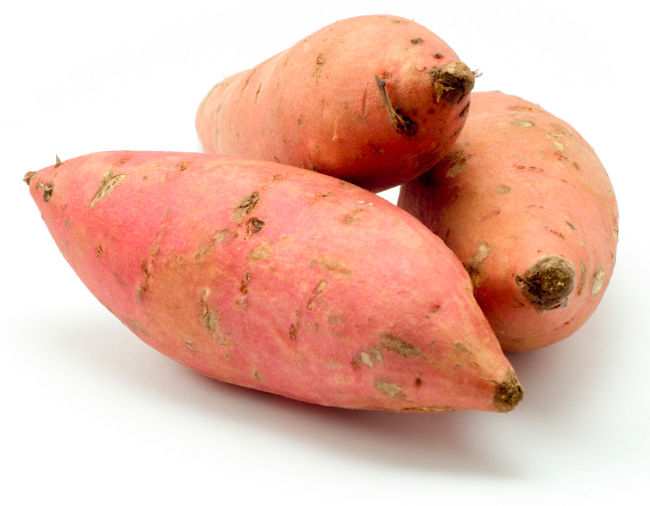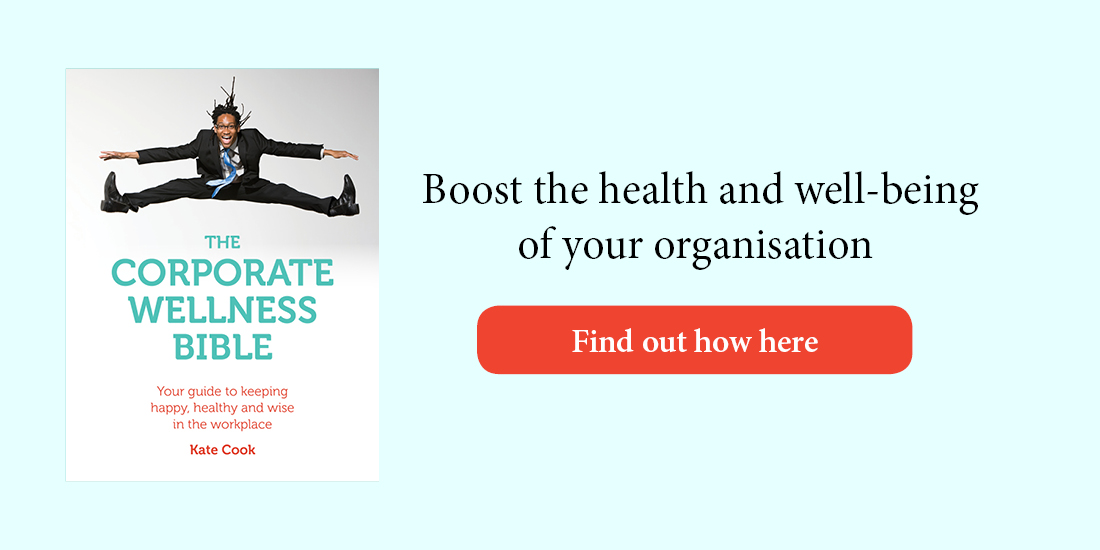Sugar – do we really need to eat less of it?
26 June 2014 by Rebecca in Lifestyle
The focus of the obesity crisis seems to have turned to sugar. While doctors and nutritionists suggest that we need to cut our sugar intake radically, the food industry continues to defend sugar and say it’s wrong to demonise one food. While obesity probably shouldn’t be blamed on just one nutrient, eating too much sugary food is not good for our health (and let’s face it, most of us already know that). Here, nutritionist Kate Cook, author of The Corporate Wellness Bible, takes us through the basics and suggests simple ways to reduce sugar consumption.
Have you ever felt like curling up under your desk and spending the afternoon snoozing? Or been in serious need of matchsticks to prop your eyelids open? And do you ever wonder why this always seems to happen in the middle of a vital meeting, despite three cups of coffee?
The energy equation
We need sugar (glucose) to fire our system. It’s the fuel that gives us our energy. However, too much is deemed by our body to be dangerous (think of diabetics).
We obtain this fuel largely from our food. A hormone called insulin specifically lowers these blood sugar levels and adjusts them according to our minute-by-minute needs. We don’t have very much sugar circulating at any one time because as soon as we do, in comes insulin to normalise the level. When blood sugar levels are low, we rely on stored glucose (glycogen) found in the muscles and the liver, which helps maintain this delicate equilibrium. Once stored glucose is used, more food will be required to sustain glucose production.
 Not all food was created equal. Some foods ‘burn’ (meaning they’re converted into sugar) quickly while other foods ‘burn’ slowly. These foods are called high and low glycaemic index foods (GI foods) respectively. The GI index is a way of measuring foods that are converted to glucose at different rates. But don’t get hung up on the GI index, as confusingly you’ll see it published in different places with different values. As a very simple rule of thumb, white things (e.g. potatoes, pasta, bread, parsnips, white rice) are like rocket fuel while dense, thick, fibrous, brown or green things (e.g. lentils, chickpeas, broccoli, brown rice) are going to burn more slowly and are our great energy sustainers. For example, whereas glucose (sugar) scores 100 on the GI scale, a lentil comes in at a cool 42. The important thing to remember is that it isn’t necessarily foods that we traditionally think of as sweet that cause the problems. A ‘sweet’ potato, for instance, actually scores quite low, as it is wonderfully fibrous.
Not all food was created equal. Some foods ‘burn’ (meaning they’re converted into sugar) quickly while other foods ‘burn’ slowly. These foods are called high and low glycaemic index foods (GI foods) respectively. The GI index is a way of measuring foods that are converted to glucose at different rates. But don’t get hung up on the GI index, as confusingly you’ll see it published in different places with different values. As a very simple rule of thumb, white things (e.g. potatoes, pasta, bread, parsnips, white rice) are like rocket fuel while dense, thick, fibrous, brown or green things (e.g. lentils, chickpeas, broccoli, brown rice) are going to burn more slowly and are our great energy sustainers. For example, whereas glucose (sugar) scores 100 on the GI scale, a lentil comes in at a cool 42. The important thing to remember is that it isn’t necessarily foods that we traditionally think of as sweet that cause the problems. A ‘sweet’ potato, for instance, actually scores quite low, as it is wonderfully fibrous.
You can raise your blood sugar by another mechanism. Stick your head in the mouth of a man-eating shark, then quickly take it out again and swim like hell for the shore. This would certainly pick your blood sugar up rapidly, as powerful stress hormones would raise blood sugar to give you enough energy for your clever exit strategy. We do this all the time, but usually our boss, gas bill or deadline is the cause of our stress and not man-eating sharks. Of course there is an easier way of picking up blood sugar levels – have a fag or a cup of coffee. These are both stimulants, which stimulate the adrenal glands (where those stress hormones come from) to release sugar from storage. But what goes up, must come down, hence staying awake in the meeting becomes a challenge.
So, what’s the problem with the blood sugar whizzing up and down all the time? First, the pancreas, where all that insulin is produced is going to get worn out. Second, you’re going to get dips of energy as the blood sugar levels plummet when insulin tries to lower them. Third, insulin is also a fat storage hormone, so if it overreacts and there’s continuously too much insulin in the system, eventually you’ll put on weight. Commonly this appears as those cute love handles or that attractive tyre round the middle. And where do you see this phenomenon most commonly? On executives who are eating the wrong things, having too many cups of coffee and getting stressed out.
More on blood sugar
Your body can only deal with one to two teaspoons of sugar in the blood at any one time. So, if, for example, you drank a bottle of a glucose-based sports drink – the sugar in the blood would rise steeply. The body protects itself from too much sugar in the blood by releasing a hormone called insulin. Insulin lowers the sugar in the blood rapidly. It is a fat storage hormone – unfortunately if there is too much insulin released it will encourage the storage of the foods you eat as fat. Therefore you need to keep your levels of blood sugar stable in order to prevent the release of too much insulin so that you can reduce fat storage and lose weight, and in order to maintain a steady flow of energy.
I have devised a very easy way to follow a lower glycaemic index system without having to count or know what each individual food scores. How quickly a food releases its sugar is measured on the Glycaemic Index scale. Sweet, fluffy and white foods (e.g. ripe bananas, white bread, cake) have a high GI score and cause blood sugar to rise rapidly. Thick (dense), fibrous, protein foods (e.g. oats, rye, pulses, eggs) have a low GI score and do not release their sugars rapidly, keeping blood sugar more stable.
Slow burn foods are:
Thick (dense), fibrous, protein = low GI
Fast burn foods are:
Sweet, fluffy and white = high GI
Adding fibre and protein makes food burn more slowly. For example, if you had an apple and you ate it with a handful of nuts it would burn more slowly. Or if you had a sweet potato and added some fish it too would burn more slowly.
Keeping your blood sugar more stable helps maintain energy; it prevents the mid-afternoon slump, helps maintain a healthy weight and also keeps stress under control because the blood sugar is not swinging around. Stable blood sugar also helps keep cravings under control – e.g. cravings for sugar, alcohol or caffeine – as these act as stimulants to prop the blood sugar up.
The key to eating well is preparation. If you ensure you have the right foods to hand you are less likely to reach for the rocket fuel foods such as biscuits and sugary drinks when you feel an energy slump coming on. If you don’t have the time to go shopping try grocery shopping online. Once it’s set up it’s wonderfully easy. The key to healthy eating is: ‘Be prepared.’

